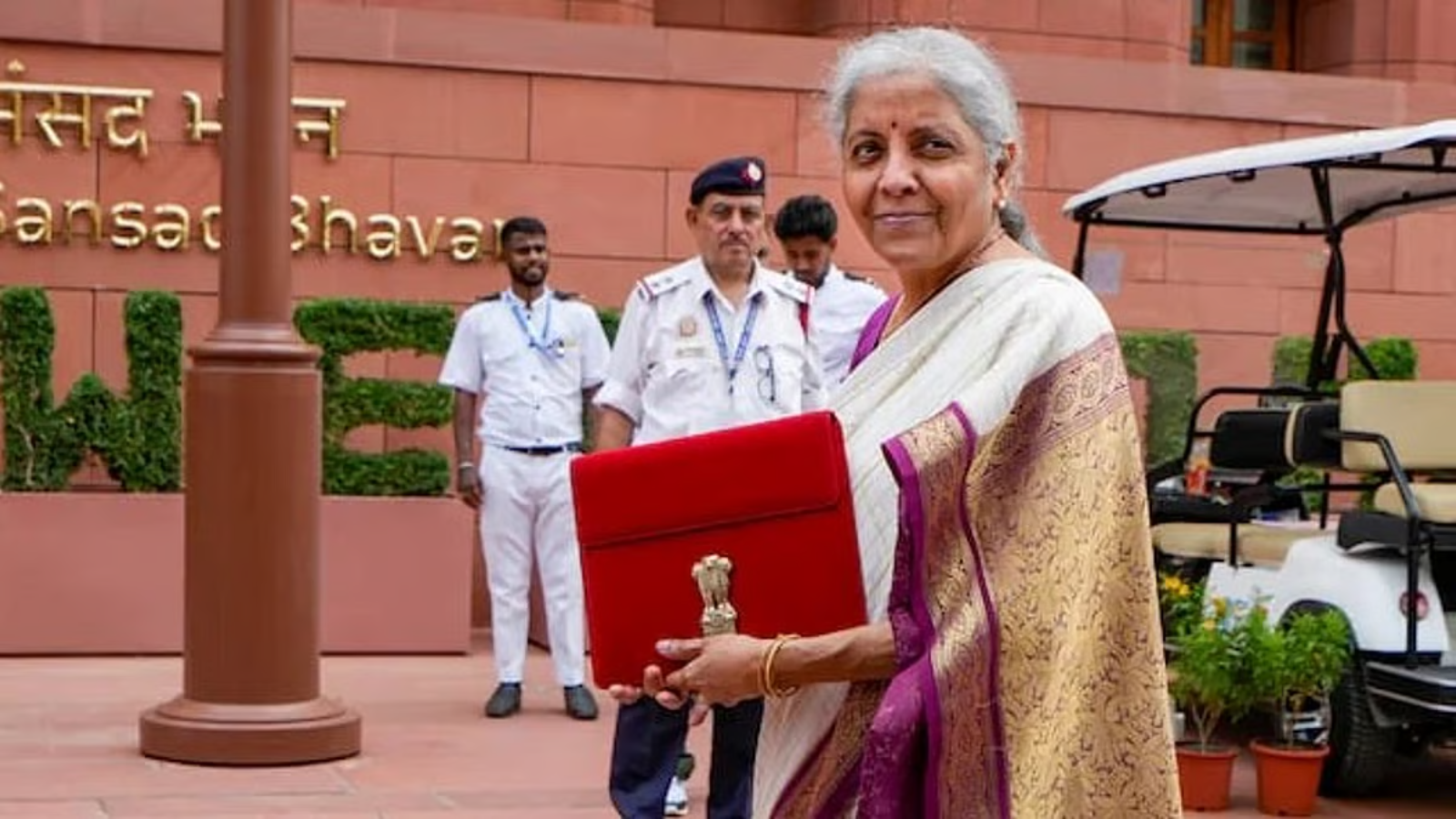25 Budget Terms You Must Know Before Nirmala Sitharaman’s Union Budget 2025

As Finance Minister Nirmala Sitharaman gears up to present the Union Budget 2025 - her eighth budget and the second full budget of the Modi government’s third term - it’s crucial to understand the key financial terms that shape the country’s economic policies. Whether you're a taxpayer , investor, or just someone keen on budget developments, knowing these terms will help you navigate the fiscal roadmap of India.
Essential Budget Terms Explained
1. Annual Financial Statement (AFS)
A comprehensive document that details the government’s expected revenues and expenditures for the upcoming fiscal year.
2. Budget Estimate
The proposed financial allocation across ministries, schemes, and sectors, laying out planned expenses for the year.
3. Capital Expenditure (Capex)
Funds directed toward building long-term assets, such as infrastructure projects, aimed at boosting economic growth.
4. Capital Receipts
Revenue generated through loans, asset sales, and investments, helping the government meet financial requirements.
5. Cess
An additional tax charged on taxpayers, earmarked for specific initiatives like education and health programs.
6. Consolidated Fund
The main government fund where tax collections, loans, and revenues are deposited before any spending takes place.
7. Contingency Fund
An emergency reserve accessible by the President to cover unexpected expenses, with later replenishment from the Consolidated Fund.
8. Direct Taxes
Taxes directly imposed on individuals and corporations, including income tax and corporate tax.
9. Divestment
The process by which the government sells its stake in public sector enterprises to raise funds.
10. Economic Survey
An annual report that reviews the nation’s economic health and provides insights that influence budget planning.
11. Finance Bill
A proposal that enforces tax-related provisions, including modifications or new tax impositions.
12. Fiscal Deficit
The shortfall between government spending and revenue, usually covered through borrowing. Expressed as a percentage of GDP.
13. Fiscal Policy
A financial strategy focusing on government expenditure and taxation to regulate economic conditions.
14. Indirect Taxes
Levies on goods and services, such as GST and VAT, collected from consumers through intermediaries.
15. Inflation
The rate at which prices of goods and services rise, affecting purchasing power and economic stability.
16. New Tax Regime
Introduced in 2022, it offers lower tax rates but eliminates certain exemptions, making it the default system from FY 2023-24.
17. Old Tax Regime
An alternative tax system with higher rates but numerous deductions and exemptions to reduce taxable income.
18. Public Account
Funds the government holds in trust, such as provident funds, small savings schemes, and similar accounts.
19. Rebate
A tax relief mechanism that reduces the amount payable by eligible taxpayers, promoting financial ease.
20. Revenue Deficit
A situation where the government’s revenue income is insufficient to cover its operational expenses.
21. Revenue Expenditure
Day-to-day costs of running the government, including salaries, subsidies, and interest payments.
22. Revenue Receipt
Government earnings from taxes, fines, and service-related fees, crucial for funding public operations.
23. Tax Collected at Source (TCS)
A tax collected by sellers from buyers at the time of transaction and remitted to the government.
24. Tax Deduction
A reduction in taxable income through eligible investments like PPF, NSC, and tax-saving fixed deposits.
25. Tax Surcharge
An additional tax levied on high earners (above ₹50 lakh annual income), increasing their total tax liability.
With these 25 essential budget terms in your knowledge bank, you’ll be better equipped to understand Union Budget 2025 when Nirmala Sitharaman unveils the government's financial roadmap on February 1. Whether you’re watching for tax changes, investment opportunities, or policy shifts, this guide ensures you won’t get lost in budget jargon!
Next Story